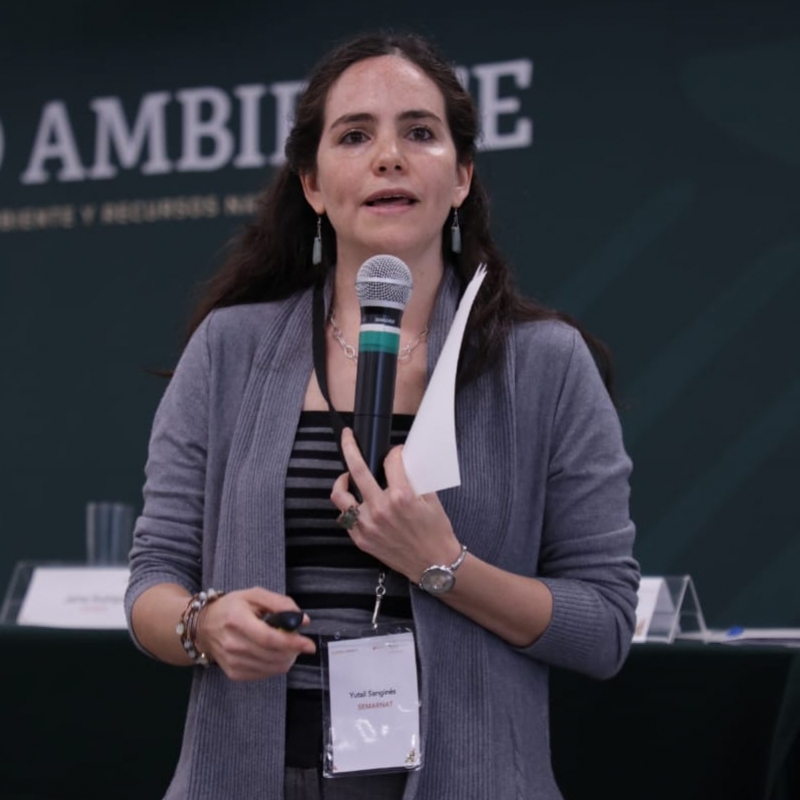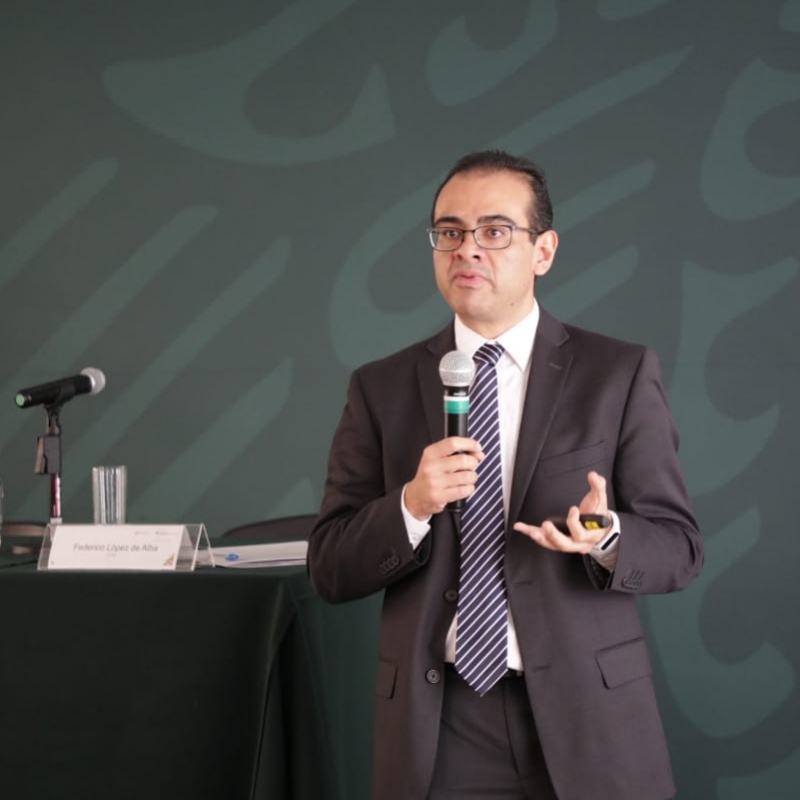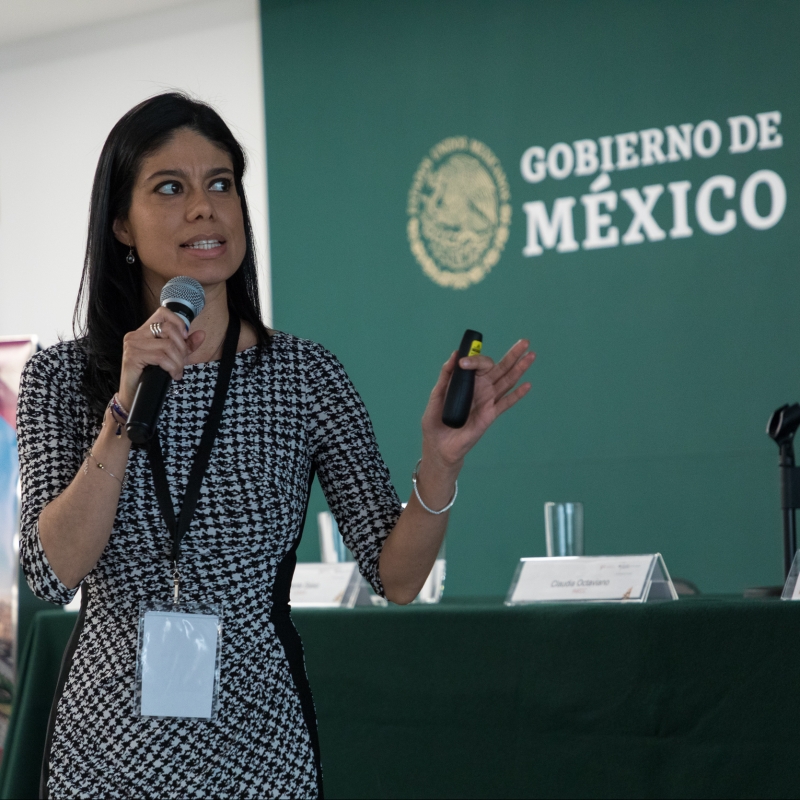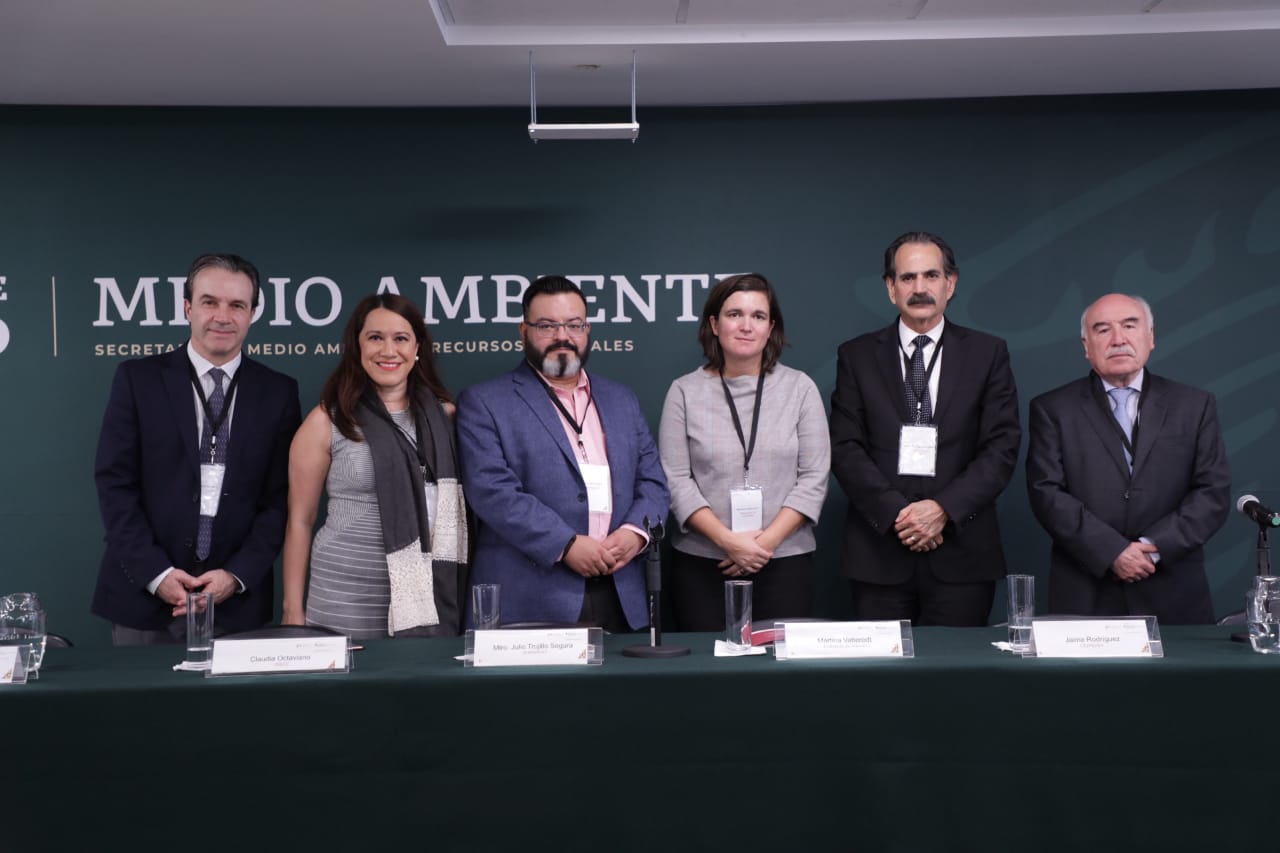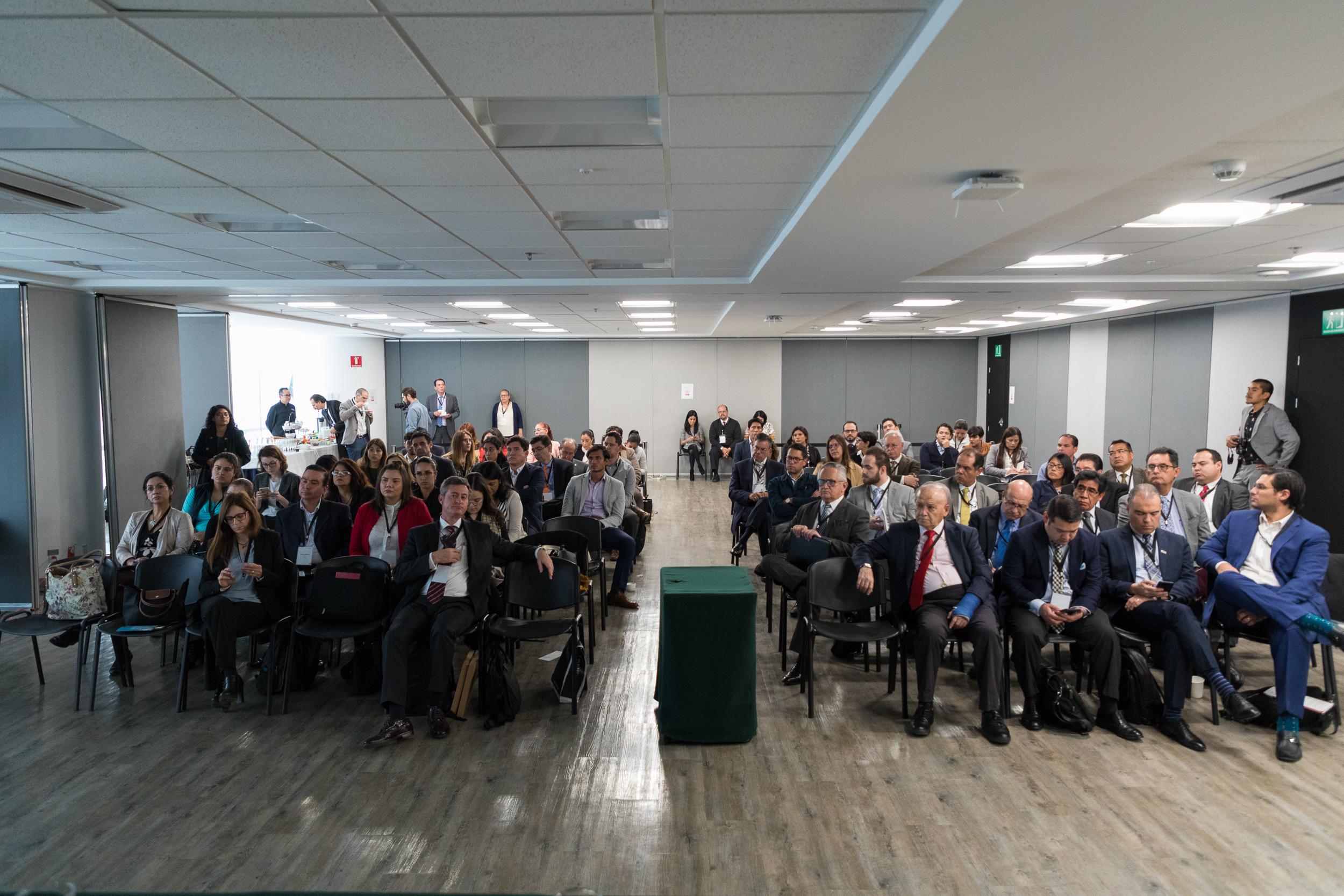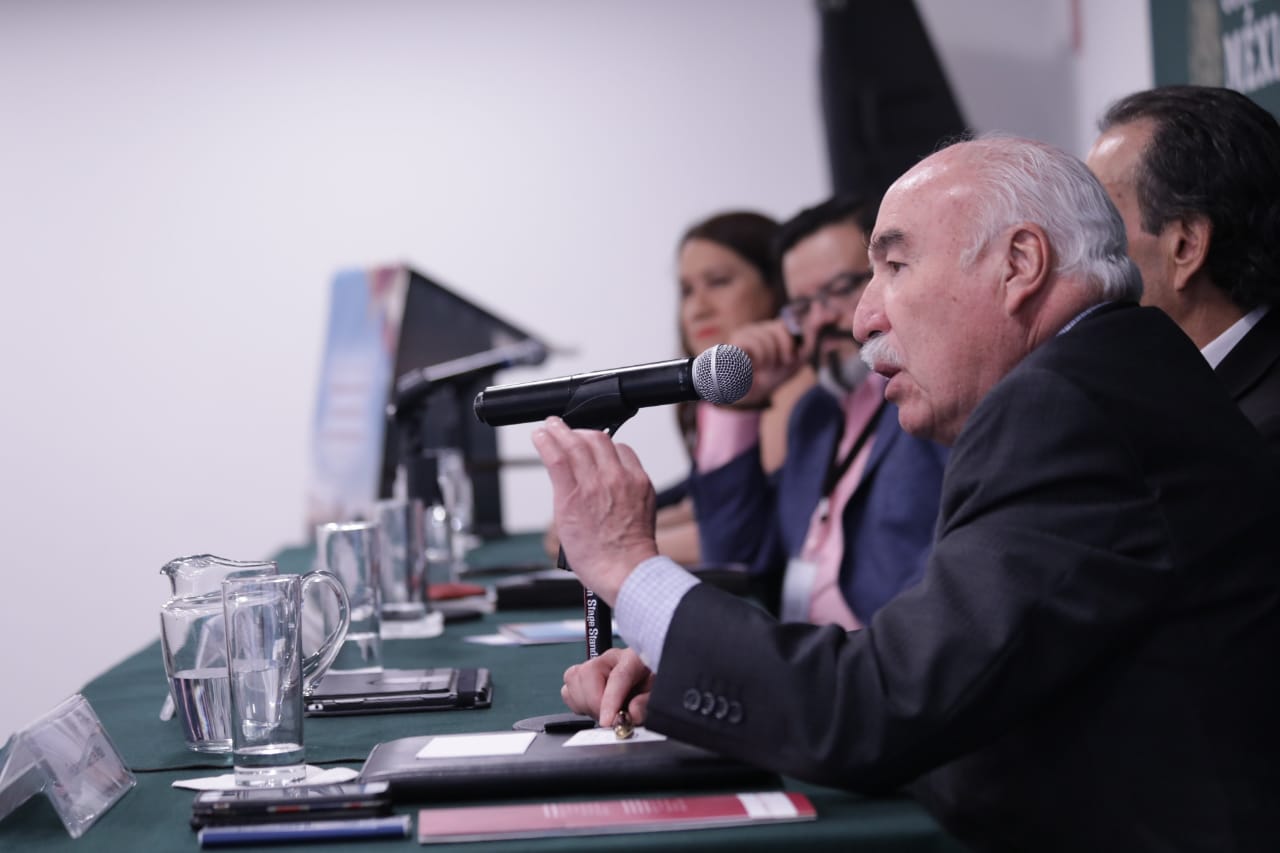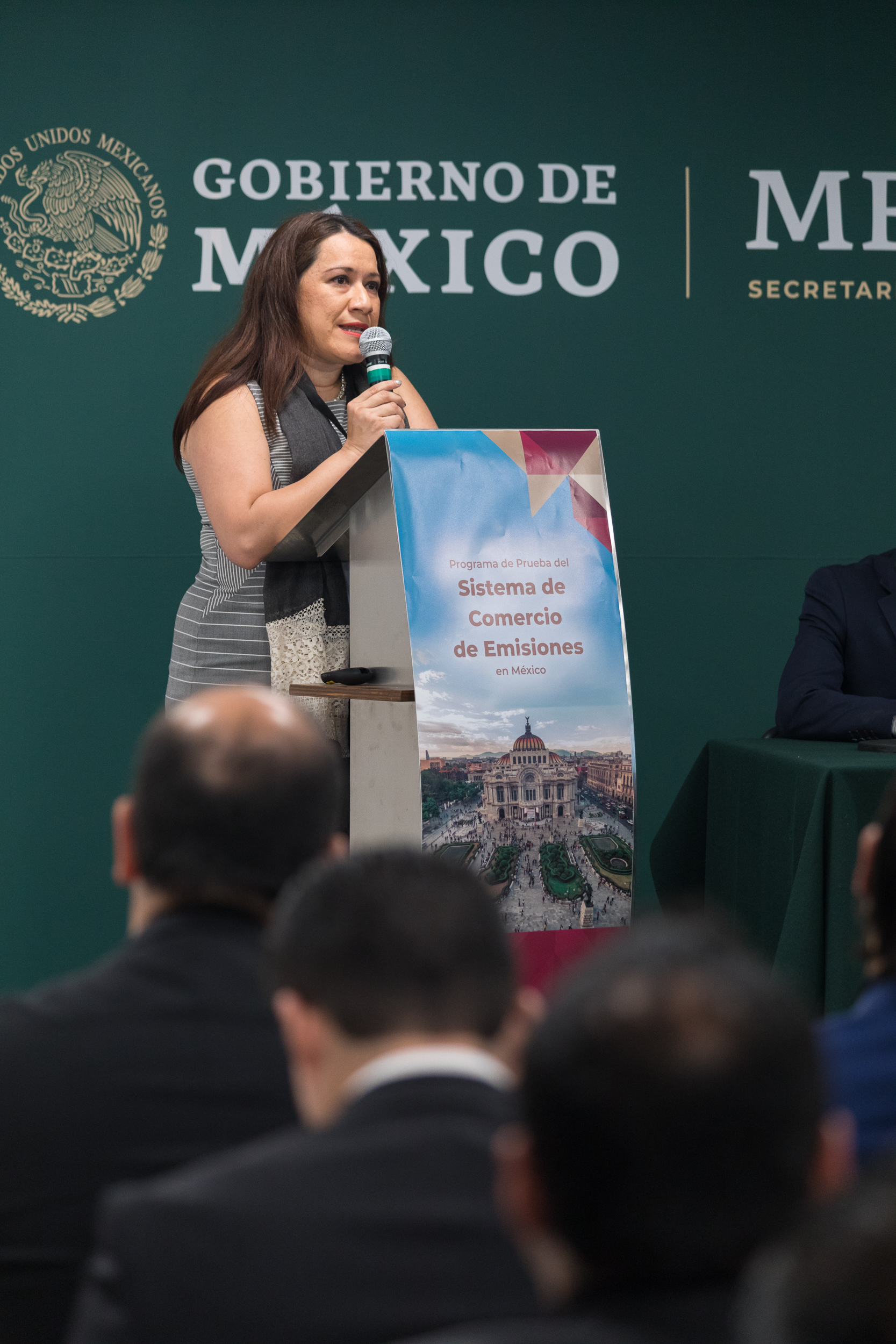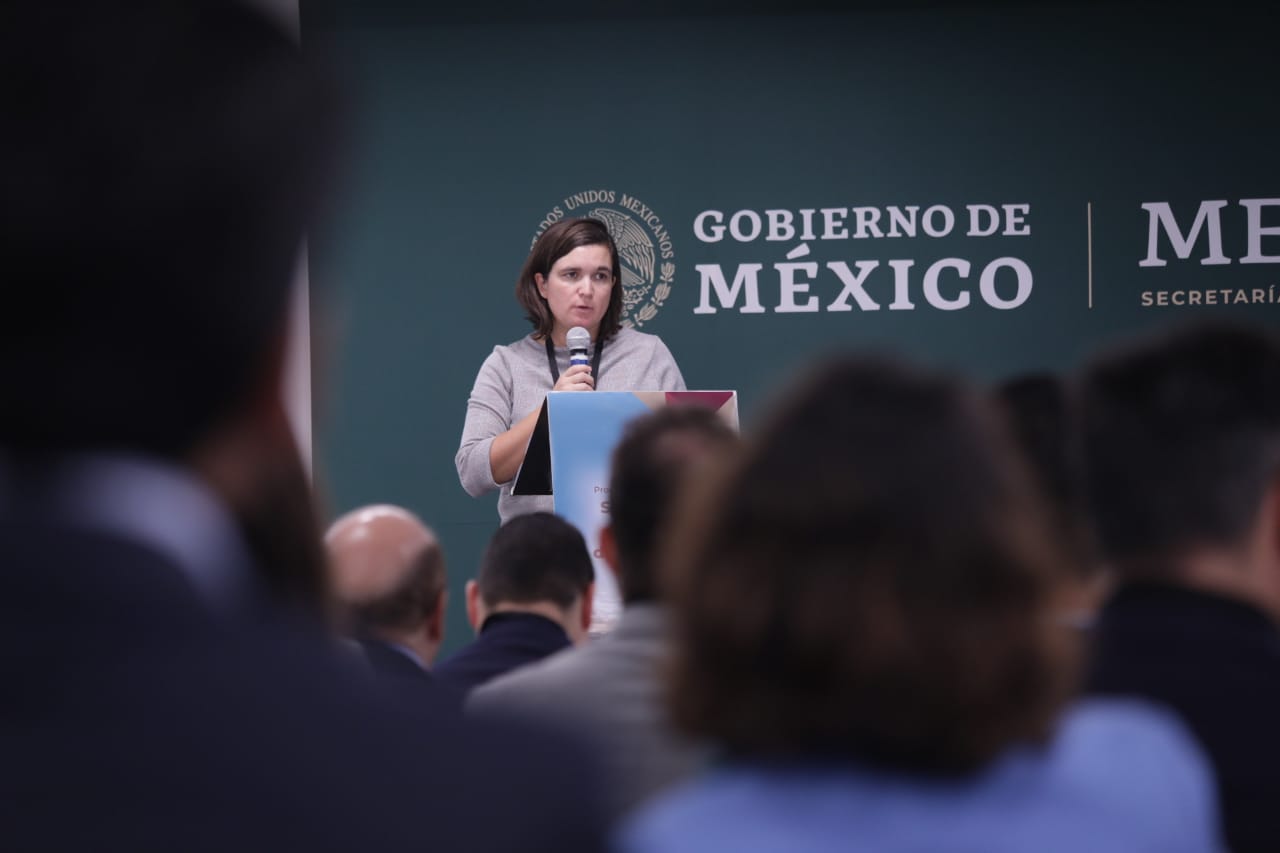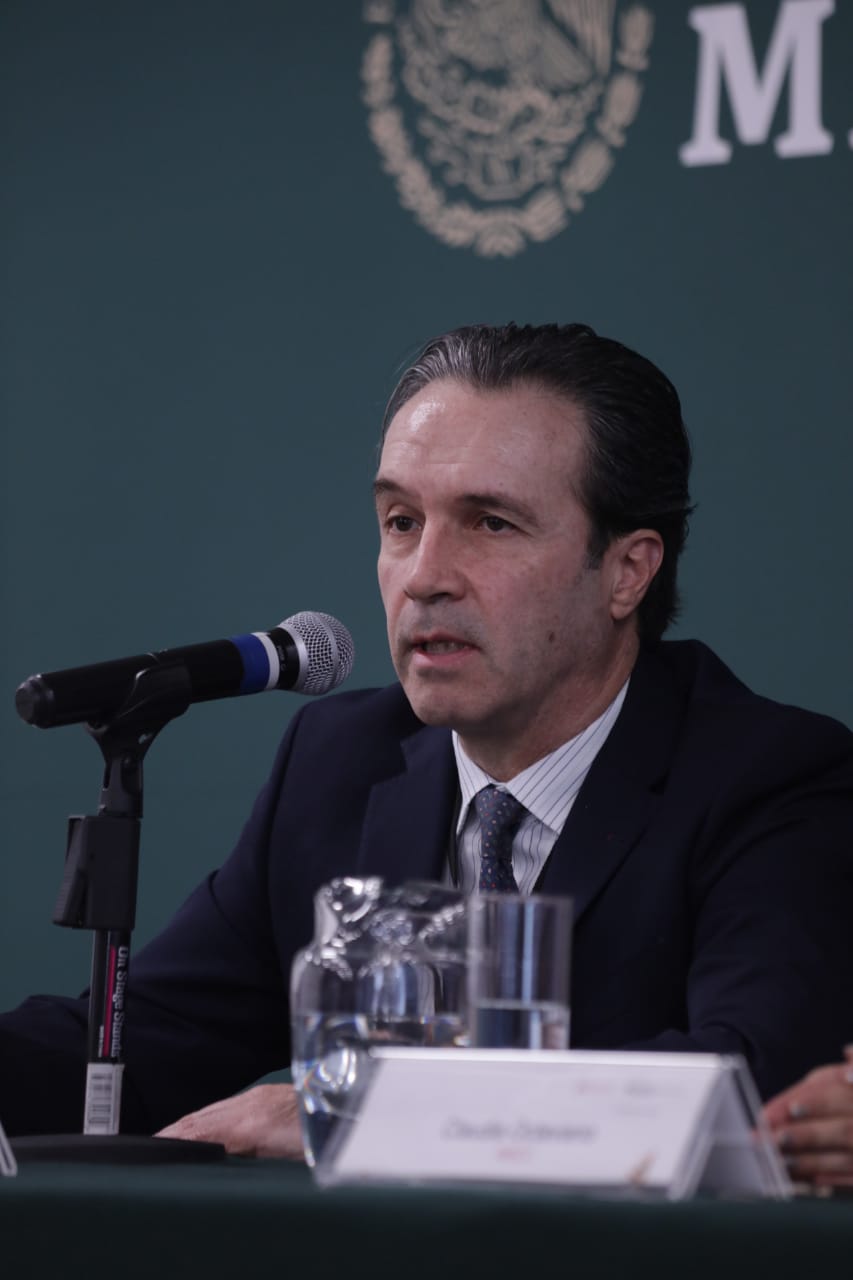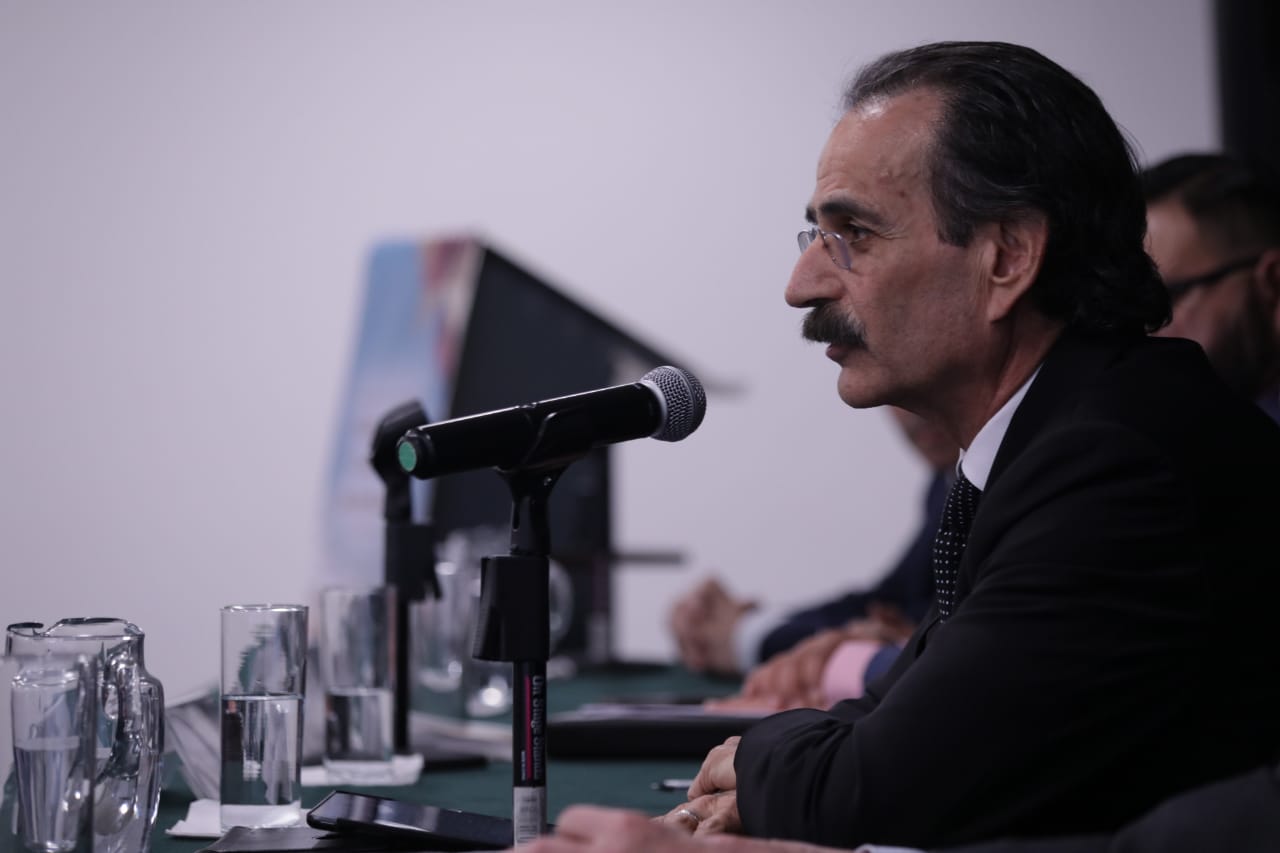On November 27, 2019, the Secretariat of Environment and Natural Resources (SEMARNAT) of Mexico announced the cap and allocation by sector of the Pilot Program of the Emissions Trading System (ETS) of Mexico. This event, carried out within the framework of the agreement that establishes the preliminary bases of the ETS pilot program published in the Official Gazette of the Federation (DOF), marks an important milestone in climate action in Mexico. Furthermore, the event represented a success for the German Cooperation for Sustainable Development (GIZ), which, through the project “Preparation of an Emissions Trading System in Mexico” (ETS in Mexico), accompanied the competent authorities in the design of the key elements of the system.
The welcome words were chaired by the Mtro. Julio Trujillo, Undersecretary of SEMARNAT; Martina Vatterodt, representative of the German embassy; Claudia Octaviano of the National Institute of Ecology and Climate Change (INECC); Jaime Rodríguez by the Private Sector Studies Commission for Sustainable Development (CESPEDES); Vicente Saiso of CEMEX; and Federico López de Alba of the Federal Electricity Commission (CFE). Subsequently, from SEMARNAT, Yutsil Sanginés, head of the General Directorate for Climate Change Policies (DGPCC); Diana Guzmán, director of mitigation policies; and Víctor Escalona, coordinator of the ETS, explained some of the technical elements that will govern the operation of the system. Finally, Vanessa Villa, a technical advisor to ETS in Mexico, related some of the work that GIZ has carried out to support the co-creation of this instrument.
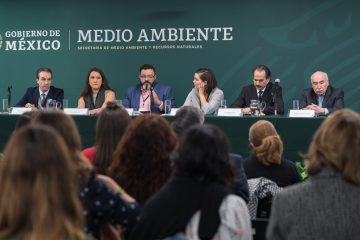
In the words of welcome, Mr. Trujillo greeted all attendees and acknowledged that, due to Mexico’s vulnerable situation in the face of climate change, it is necessary for Mexicans to act in favor of the environment. For her part, Martina Vatterodt thanked the confidence that the Mexican government placed in the GIZ, permitting its support in the design of the ETS, and stressed the importance of Mexico as a strategic partner for Germany. Claudia Octaviano reported the importance of the ETS in reducing greenhouse gas (GHG) emissions in the most cost-effective way and celebrated the launch of the program. Finally, Jaime Rodríguez, Vicente Saiso and Federico López de Alba gave some words of encouragement for the start of the program and showed a clear willingness of the private sector to work for sustainable development. The panel ended with Mr. Trujillo announcing the cap and sector allocation.
In a second moment, Yutsil Sanginés and Víctor Escalona explained some of the regulatory aspects of the ETS and answered questions and concerns of the participants, encouraging a constructive dialogue to solve some of the most urgent questions about the operation of the program. Afterwards, Vanessa Villa proceeded to detail some of the processes that GIZ has carried out in support of SEMARNAT for the construction of the pilot program and gave an advance on the future steps that the agency will take to support the consolidation of the operational phase. Later, Diana Guzmán and Víctor Escalona detailed the method to define the cap and allocation and some of the elements of Monitoring, Reporting and Verification (MRV) that will be necessary for the pilot program. Finally, Yutsil Sanginés thanked the participation of all the actors involved, recognized the efforts of all the people who have participated in the process and commented on some of the following steps in the pilot program. The event ended with a meal, where participants were able to share experiences and comment on some of the points of the presentation.
The design of the cap and allocation was made based on three elements: historical emissions that companies have reported to the National Emissions Registry (RENE), Mexico’s climate commitments presented in their Nationally Determined Contributions (NDC) and the sectorial goals agreed in the General Law of Climate Change (LGCC). With the announcement of the cap, Mexico advances in the fight against global warming and progresses towards economic growth that does not compromise future generations. With it, Mexico becomes the first country in Latin America to launch an ETS, being a pioneer and regional leader. The ETS pilot program is a symbol of joint work and the sum of efforts of the public sector, private sector and international cooperation.
Attached is a brief introductory video of the Emissions Trading System in Mexico.

